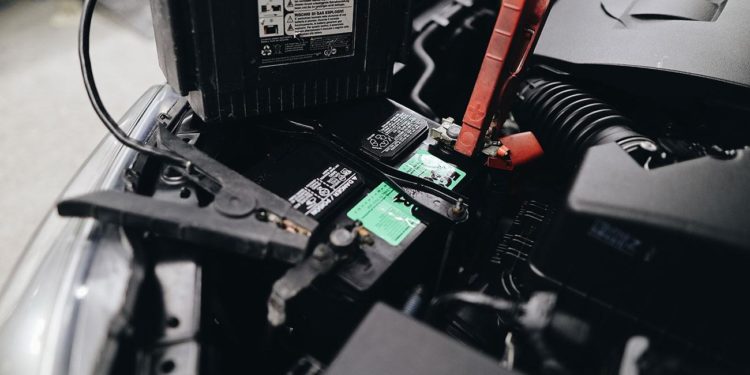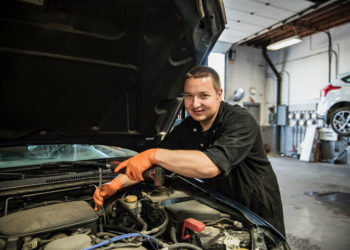Jump-starting your car for the first time was an rite of passage for some. Jump-starting your first car can be daunting for those who haven’t had to deal with a dead battery before. Although it is quite simple, it is important to be careful when working with your engine.
You may have a dead car battery due to an accidently left your headlights on. Or you need to troubleshoot electrical system problems like your engine not starting. Knowing how to jumpstart a vehicle is an essential part of car ownership. Let’s jump right in.
How to jump-start your car
You will first need jumper cables and a battery to boost the vehicle (either in another car or a standalone battery). Jump starting your vehicle with a partner is advisable if you are able.
Here are some things to keep an eye on
Jump-starting your car safely is as simple as connecting your cables correctly from the battery to the booster car. Also, ensure that your jumper cables do not touch any metal parts or other parts of your car.
Step-by-Step Guide to Jump-Starting Your Car
- The jumper vehicle should be pulled next to the dead battery. If you are using separate batteries to jump, make sure your cables can reach both of them. Turn off both engines by removing the hoods.
- Move over to the dead battery. Connect one of the red (positive), ends of your jumper cable to the positive terminal.
While you are not using your negative terminal you must ensure that you have uncharged ground available while setting up. This means placing the negative end of your jumper cables on a plastic (non-metal/non-conducting) part of your engine for the time being. If you’re doing this with a partner you can ask them to hold the negative end for you while you connect everything else.
- Connect the red (positive) end of the cables to the positive terminals of the live battery.
- Grab the black (negative end) of your jumper cables and connect it to the live side. It should be connected to the negative end of the battery.
- Return to the terminal of your dead battery, and stop. Many people feel tempted to connect the negative end of their jumper cables to your dead battery’s negative post. This is a mistake. Connecting the negative end of your jumper cables directly to the dead battery’s negative post could create a spark that can cause problems in a gaseous environment such as your vehicle engine.
Instead, look for a ground to connect to. In this instance, an unpainted, non-moving metal surface underneath your car’s hood. You may find a ground spot for jumping your car on some newer cars. Check your owner’s manual to confirm. This could be a bolt on an engine block or on the strut tower. Avoid using ground near fuel sources, such as grounds near your fuel pressure regulator.
- Before you jump the battery, make sure to check your cables. To avoid your cables getting caught in moving parts of the engine, ensure that they are not touching cooling fans or serpentine belts.
- Start the engine with the good battery. Let it run for at most two minutes. After the engine has been running for some time, turn off the ignition and start your dead vehicle.
If your dead battery doesn’t start at this point, wait for 2-3 minutes before giving it another chance. If your engine does not start immediately or you have trouble starting it, you might be experiencing a solenoid problem or an electrical problem. You should contact your mechanic to explain what you did.
- After your dead battery is fully charged, you can disconnect the jumper cables in reverse. The negative ground should be disconnected first. You should make sure that the ends don’t touch.
You can work with a partner to remove the positive cable from an old battery port. They will then hold the cable while you unplug the battery.
If you’re working alone, I suggest that you remove the negative jumper from your dead battery. This will ensure that you have only the positive to negative connection left, which can prevent any sparks or frightening moments. Now you can safely remove the positive cables from your battery posts and replace them with the caps.
Nevertheless, it is far from done. After your engine has started, make sure you don’t turn it off for more than 15 minutes. You should have enough time to charge your battery. If you continue to experience the same problem when you try to start your car the next time, it could be a sign of a larger issue such as a failing alternator, or battery.








